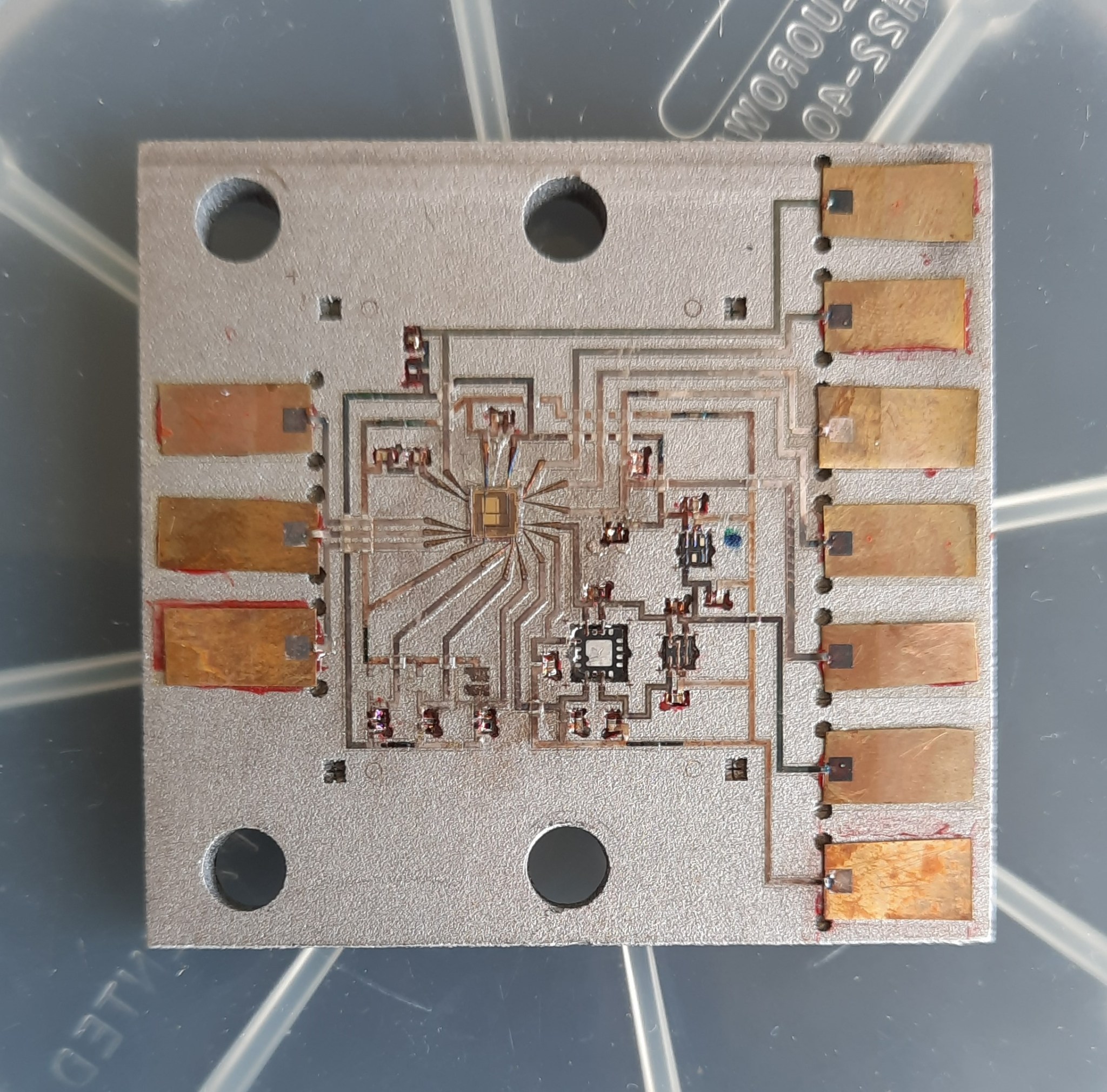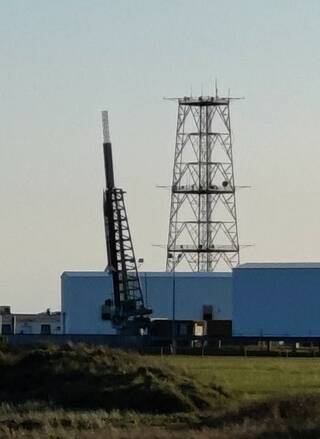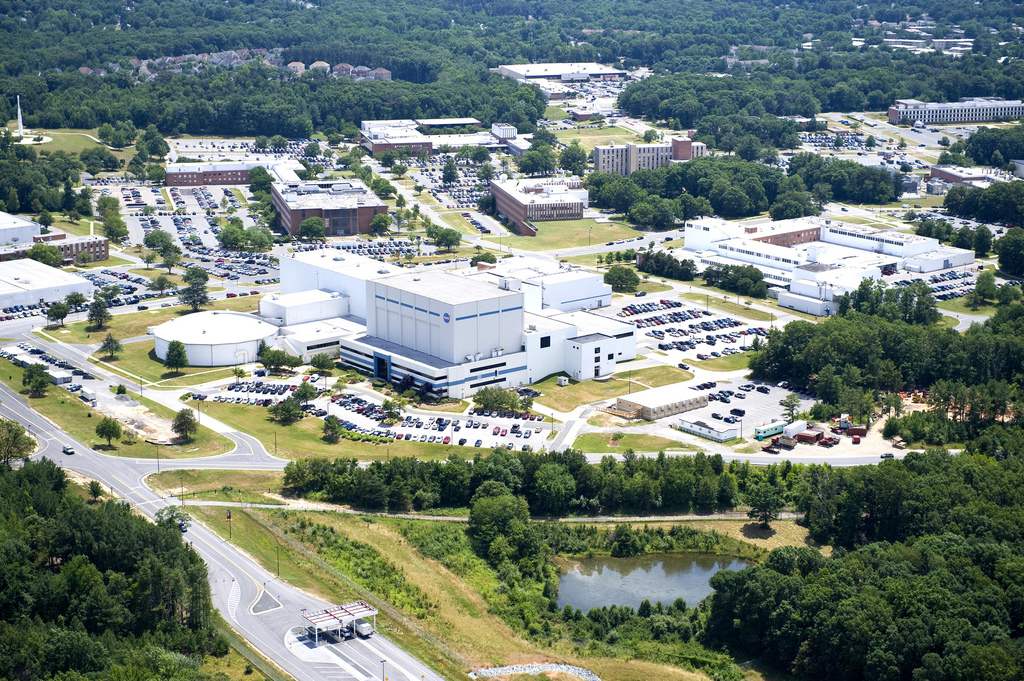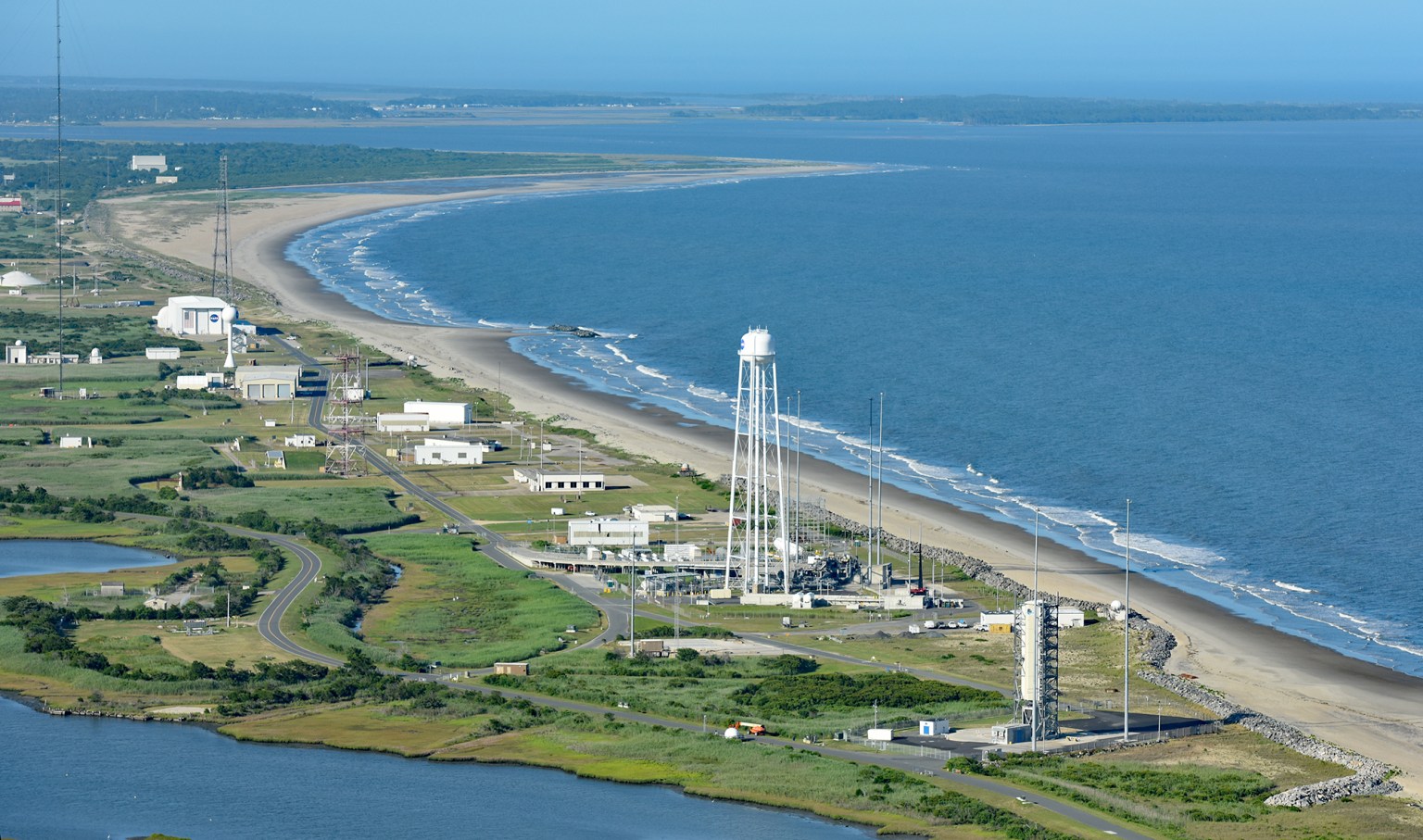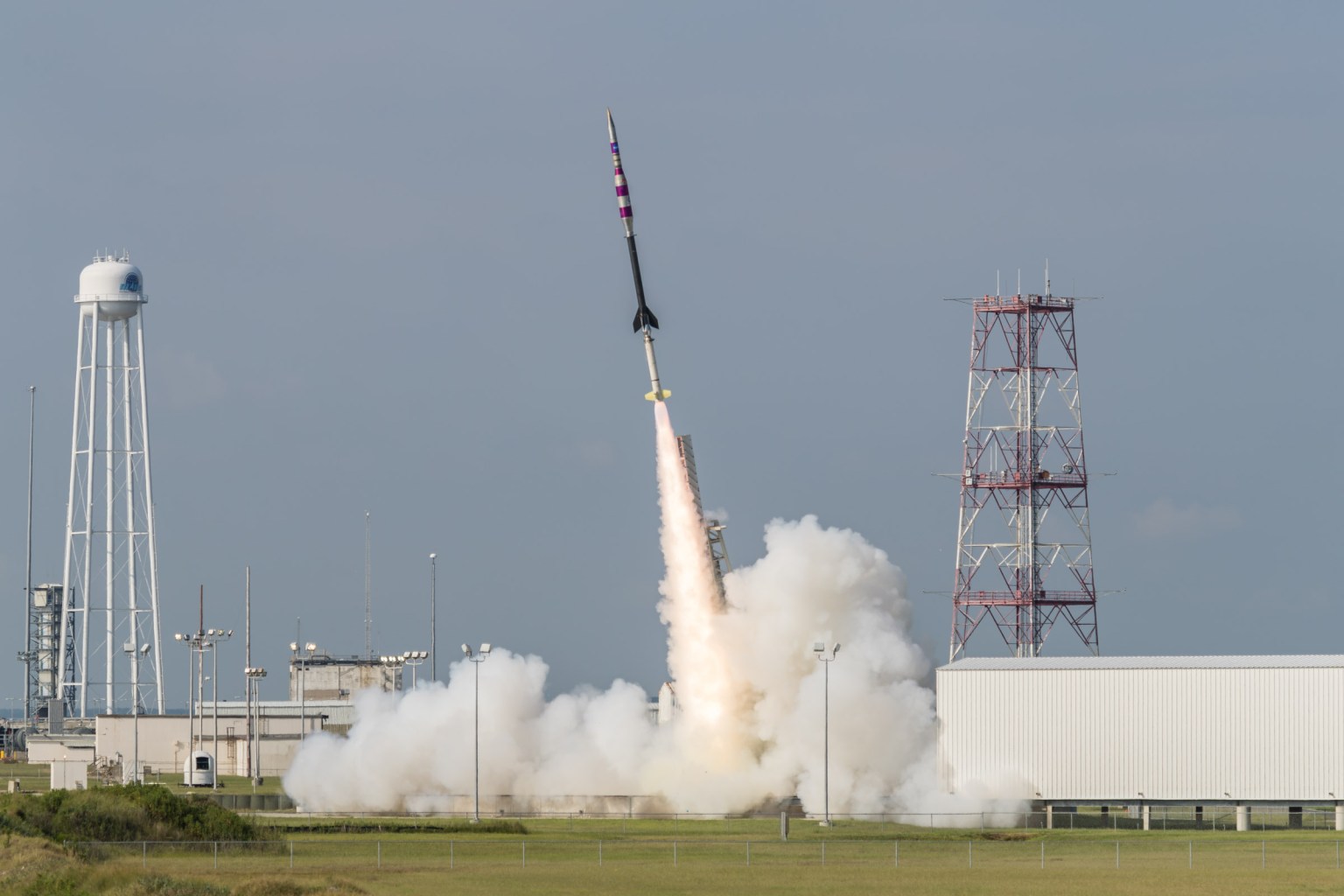Today’s small spacecraft pack sensors, guidance and control, and operating electronics into every available space. Printing electronic circuits on the walls and structures of spacecraft could help future missions do more in smaller packages.
Engineers successfully tested hybrid printed circuits at the edge of space in an April 25 sounding rocket flight from NASA’s Wallops Flight Facility near Chincoteague, Virginia. Electronic temperature and humidity sensors printed onto the payload bay door and onto two attached panels monitored the entire SubTEC-9 sounding rocket mission, recording data that was beamed to the ground.
The experiment by aerospace engineer Beth Paquette and electronics engineer Margaret Samuels of NASA’s Goddard Space Flight Center in Greenbelt, Maryland, sought to prove the space-readiness of printed electronics technology.
“The uniqueness of this technology is being able to print a sensor actually where you need it,” Samuels said. “The big benefit is that it’s a space saver. We can print on 3-dimensional surfaces with traces of about 30 microns – half the width of a human hair – or smaller between components. It could provide other benefits for antennas and radio frequency applications.”
They worked with colleagues at NASA’s Marshall Space Flight Center in Huntsville, Alabama, who developed the humidity-sensing ink. Partners from the University of Maryland’s Laboratory for Physical Sciences (LPS) created the circuits.
Printed circuits allow a new level of functionality for smaller spacecraft, ever more common for both near-Earth and deep space missions, said Wallops electronics engineer Brian Banks. “The hybrid technology allows for circuits to be fabricated in locations that would typically not be available for conventional electronics modules,” Banks said. “Printing on curved surfaces could also be helpful for small, deployable sub-payloads where space is very limited.”
LPS engineer Jason Fleischer designed and printed the circuits for the April flight using printers capable of producing electronic traces thinner than the human eye can see.
The SubTEC-9 launch marked a turning point in LPS’s development and validation of printed-circuit technology, he said.
“Every part needs to work throughout the flight,” Fleischer said, “and a successful data return means all the circuits were up and working. I’m excited for this success as well as getting on another rocket and having more successes.”
The team has printed electronic circuits on a variety of materials, including around curves and corners and on flexible parts. In another investigation, they printed X-ray instruments on flexible strips of Kapton plastic. The team is developing guidelines to make it easier for mission and instrument engineers to adopt these circuits.
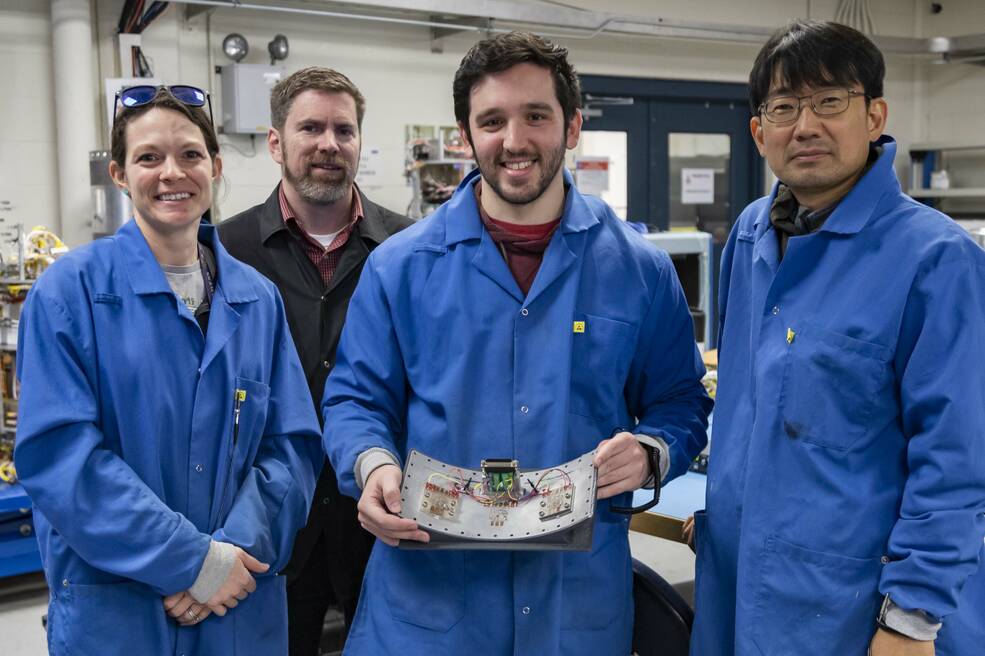
Improvements in Function and Performance
Printed circuits provide a significant advantage in predictability and stability in antenna connections and design, Samuels said. “We can print the antenna on a curved surface like the outside of a rocket or spacecraft, increasing the angles at which it can send and receive signals in space.”
Traditional antenna connections are made by a process called wire bonding, which melts a metal wire to the antenna and then bonds it to the signal processing electronics. The process can be messy and inexact, Samuels said, making it difficult to make the best use of precision antenna technology.
“It’s a bit like a sewing machine with metal thread,” she said. “There are entire conferences focused on the potential failure mechanisms from wire bonding. The idea of being able to replace this with printed connections is, therefore, a massive improvement.”
Paquette said future missions could print temperature sensors throughout the vehicle’s interior surfaces. For a small investment, such a mission could better understand how heating and cooling affect the whole spacecraft as it passes close to the Sun, for example.
Their work attracted the attention of engineer Ryan McClelland at NASA’s Goddard Space Flight Center in Greenbelt, Maryland. McClelland pioneered NASA’s use of Evolved Structures, spacecraft parts designed by artificial intelligence. “I imagine you could use their printed electronics to add functionality to parts that may have been designed by AI and 3D-printed themselves or even manufactured in orbit.”
Watching the SubTEC-9 launch, the team was thrilled at the opportunity to retrieve their experiment and data while advancing a technology that could offer new flexibility in spacecraft design.
“We’re really excited about the fact that this rocket test will prove our printed sensors,” Samuels said.
By Karl B. Hille
NASA’s Goddard Space Flight Center, Greenbelt, Md.



























